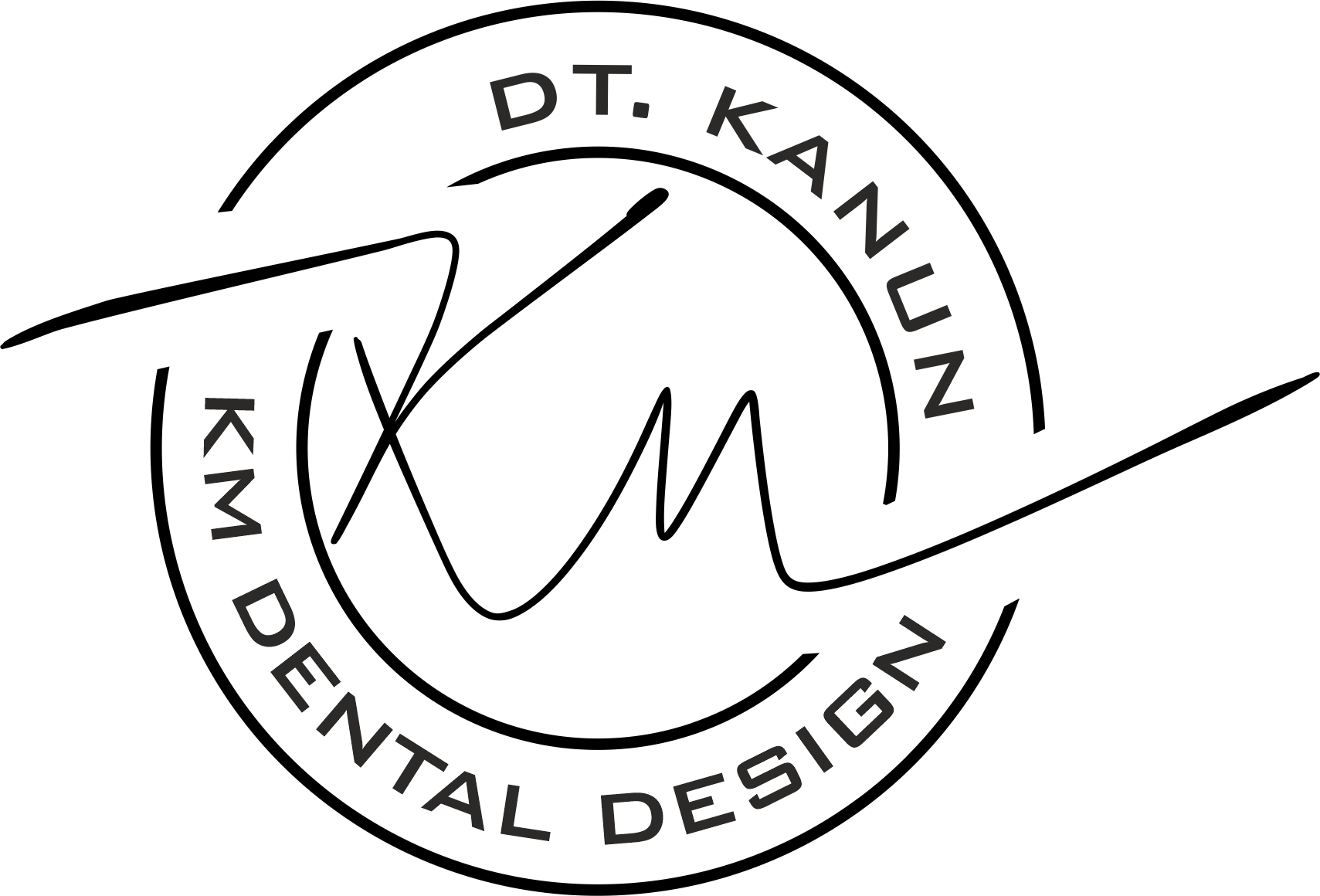Gum disease is a common issue that not only affects your gums but also threatens your overall oral health and can impact chronic conditions like heart disease and diabetes. Fortunately, modern dentistry offers highly effective solutions to combat gum disease, with gum treatments being at the forefront.
What Are Gum Treatments?
Gum treatments encompass a variety of methods that vary depending on the type and severity of gum disease. The most common gum treatments include:
Professional Teeth Cleaning: This procedure, performed by a dentist or dental hygienist, mechanically removes plaque and tartar from the teeth and gums, helping to prevent and treat gum disease.
Deep Cleaning (Scaling and Root Planing): If gum disease has progressed and caused inflammation in the gum pockets, these pockets need to be cleaned with special instruments.
Gum Grafts: If the gum tissue has worn away or receded, gum grafts can restore these areas and help maintain healthy gums.
Laser Gum Treatment: Using laser technology, this treatment sterilizes gum pockets and reduces inflammation.
Antibiotic Therapy: If gum disease is accompanied by a bacterial infection, antibiotic treatment may be necessary.
When Is Gum Treatment Necessary?
If you are experiencing symptoms such as gum bleeding, gum recession, bad breath, or loose teeth, you may have gum disease. It’s important to see your dentist and receive the necessary treatment when you notice these symptoms. Early diagnosis and treatment can prevent the progression and complications of gum disease.
What Should Be Done After Gum Treatment?
After gum treatment, it is crucial to maintain oral hygiene to prevent the recurrence of gum disease. Brushing your teeth twice a day, using dental floss, and having regular dental check-ups are essential for maintaining gum health.

